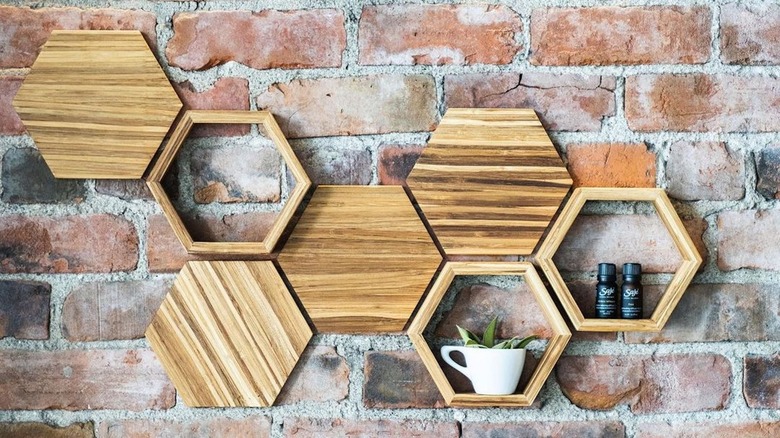[As Seen on Tasting Table] How One Company Is Turning Used Chopsticks Into Furniture
![[As Seen on Tasting Table] How One Company Is Turning Used Chopsticks Into Furniture](http://chopvalue.com/cdn/shop/articles/1_{width}x.png?v=1650567798)
If you've ever enjoyed Chinese food or Japanese food from a restaurant (and who hasn't?), then you know that your order often comes with disposable chopsticks. Have you ever wondered just how many pairs of disposable chopsticks get used every year? According to the Washington Post, that figure is around 80 billion, which is how many disposable chopsticks China produces in a year. And since a 20-year old tree can only produce 4,000 chopsticks, that means that 2 million trees are being cut down each year just to make chopsticks! That's a lot of trees. Worse, most of those chopsticks aren't being recycled, or can't be. They're usually thrown out in the trash, although they can be placed with green waste in some areas. At best, they are being composted.
Well, one company is tackling the problem of disposable chopstick waste by turning them into something useful. Founded in Vancouver in 2016, ChopValue recycles used chopsticks into modern furniture, homeware, games, and decorative pieces in a minimalistic design. To date, the company has recycled and transformed more than 57 million disposable chopsticks, enough to save more than 14,000 trees from being cut down for raw materials.
ChopValue gives used chopsticks a second life

The idea for ChopValue came to founder Felix Böck over his favorite meal of sushi: Böck, who has a background in wood engineering, was in Vancouver to pursue a PhD in structural bamboo composites, and realized that finding a way to give used chopsticks a second life was a good way to tackle the problem of urban wood waste and be resource efficient, which has always been a goal of his, he explained in an interview with Forbes.
One of the impediments to recycling chopsticks was figuring how to destroy the bacteria that quickly grew on used chopsticks without resorting to harmful detergents that could contaminate water sources. Böck was able to develop a proprietary process using a combination of high heat and pressure to remove bacteria and other contaminants from the chopsticks. According to the company, they collect chopsticks from participating restaurants — more than 350,000 a week just from their restaurant partners in Vancouver — which are then sorted, aligned, coated with a water-based acrylic resin, dried, and pressed into composite tiles that form the raw material for the different products that they produce. No chemicals are used in the process, which means all their products are non-toxic and VOC-free, which is a win-win for sustainability and the environment.
